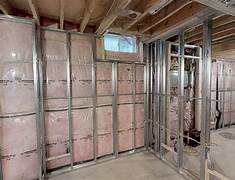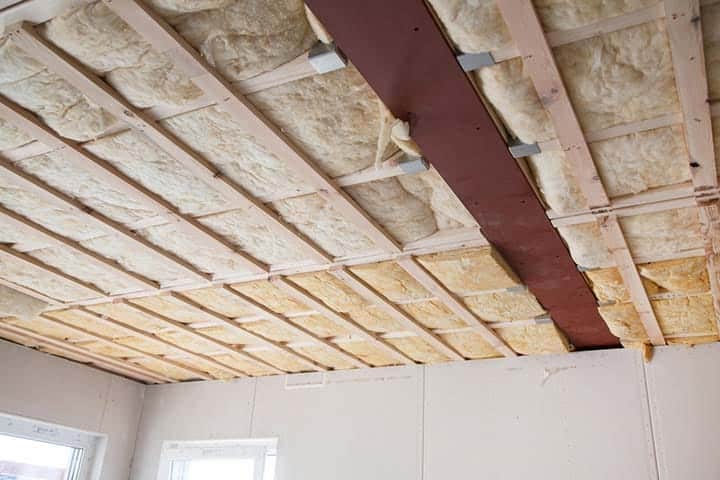Finding a quiet space to unwind, work, or pursue hobbies is increasingly important. Basements, often isolated from the rest of the home, offer an ideal retreat setting. However, as explained at energiesparhaus.at, without proper soundproofing, they can become echoey, noisy spaces, prone to disturbances from within the house and outside. Soundproofing is essential for creating a serene environment, whether you’re converting your basement into a home theater, music studio, or simply a peaceful escape. This article delves into the art of basement soundproofing, exploring techniques and materials that can help you achieve a quiet, comfortable space below ground.
Understanding Sound Transmission
 Before diving into soundproofing methods, it’s essential to understand how sound travels. Sound transmission occurs through air (airborne sound) and solid materials (structure-borne sound). Common noise sources in a basement include footsteps from above, conversations, HVAC systems, and outdoor sounds like traffic. To effectively soundproof a basement, you must address airborne and structure-borne sound transmission.
Before diving into soundproofing methods, it’s essential to understand how sound travels. Sound transmission occurs through air (airborne sound) and solid materials (structure-borne sound). Common noise sources in a basement include footsteps from above, conversations, HVAC systems, and outdoor sounds like traffic. To effectively soundproof a basement, you must address airborne and structure-borne sound transmission.
This often requires a combination of techniques to minimize noise from entering or leaving the space, ensuring that your basement remains a quiet retreat.
Soundproofing Walls
The walls of your basement are a critical element in your soundproofing strategy. Since basements are typically surrounded by concrete or masonry walls, they offer some sound insulation. However, these materials can still transmit noise, especially through gaps or cracks. To enhance soundproofing, consider adding extra layers of insulation and using sound-dampening materials. One effective method is to install soundproofing panels or drywall specifically designed to reduce sound transmission. These products are often made from mass-loaded vinyl (MLV) or specialized gypsum boards that block and absorb sound.
Soundproofing the Floor
Soundproofing the floor is particularly important to prevent noise from traveling upward into the rest of the house or reduce impact noise from within the basement. Start by assessing the type of flooring and the level of soundproofing you need. If you’re working with a concrete floor, adding a layer of soundproofing underlayment, often made from rubber, cork, or foam, can make a significant difference. This underlayment helps absorb sound and reduce vibrations.

Insulating the Ceiling
The ceiling is another key area, especially if your basement is directly beneath living spaces. Noise from footsteps, moving furniture, or conversations can easily travel through the ceiling into your basement. To mitigate this, soundproofing the ceiling is essential. A popular method is to install a drop ceiling or suspended ceiling with acoustic tiles. These tiles are designed to absorb sound and reduce echo, creating a quieter environment.
Sealing Gaps and Openings
One of the most overlooked aspects of soundproofing is sealing gaps and openings, which allow sound to enter or escape the basement. Even the best soundproofing materials can be undermined by small cracks or gaps around doors, windows, and utility penetrations. To address this, inspect your basement for any openings that could be letting in noise. Use acoustic caulk to seal gaps around windows, electrical outlets, and pipes, as it remains flexible and won’t crack over time.
Enhancing Acoustic Comfort
Beyond soundproofing, it’s essential to consider the acoustic comfort of your basement. This involves managing how sound behaves within the space to prevent echoes and create a pleasant auditory environment. Acoustic panels or sound-absorbing materials can be strategically placed on walls and ceilings to reduce echo and improve sound quality. These panels are available in various styles and colors, allowing you to enhance your basement’s acoustics and aesthetics.
Conclusion
Soundproofing a basement is both an art and a science, requiring careful planning and the materials to create a truly quiet retreat below ground. With the right approach, your basement can become a valuable asset, providing a serene environment that enhances your home’s overall comfort and appeal.
